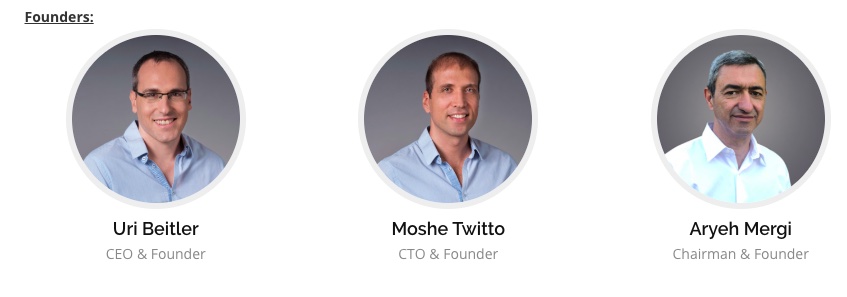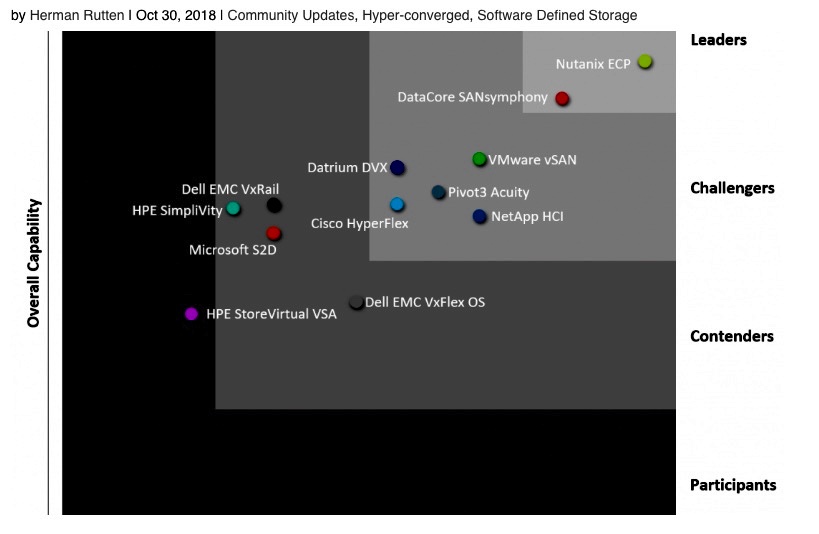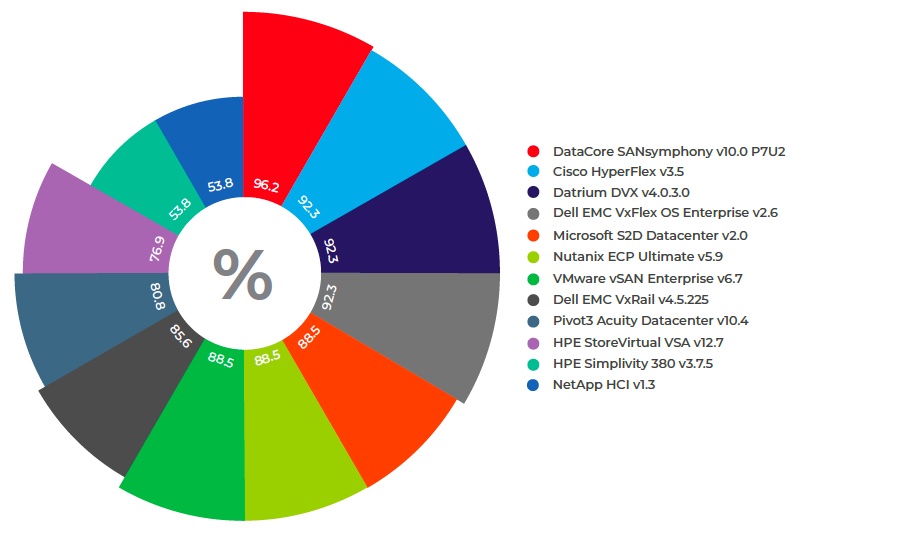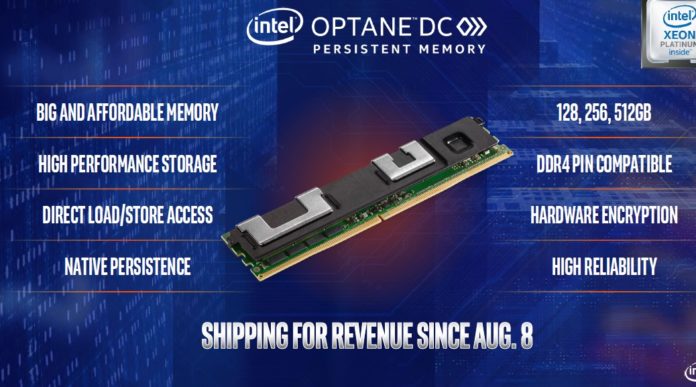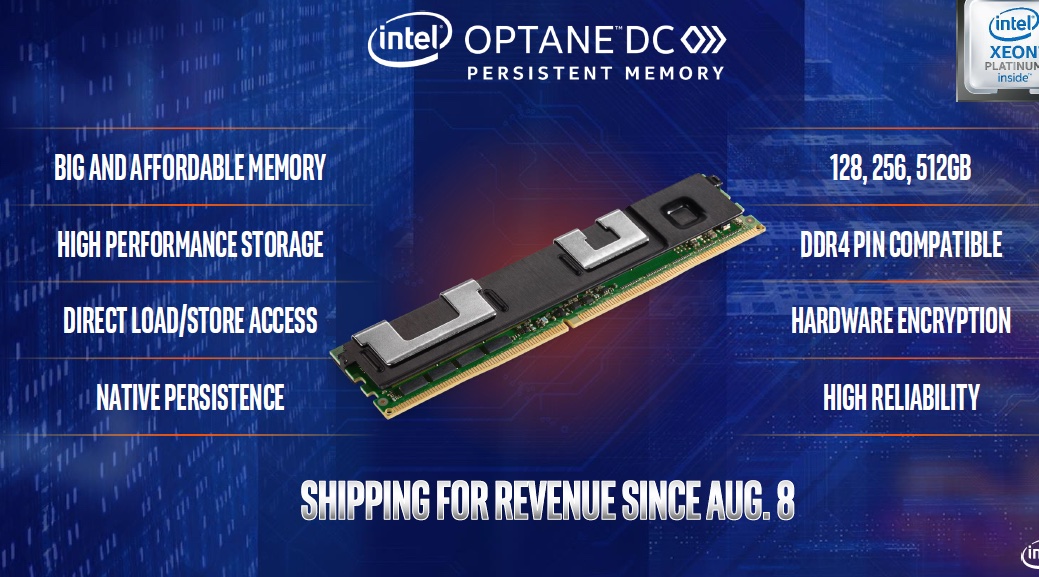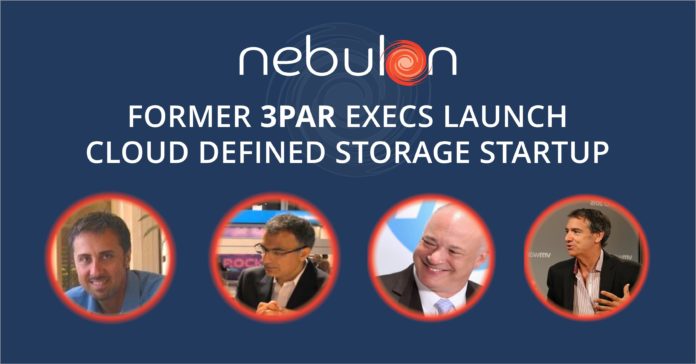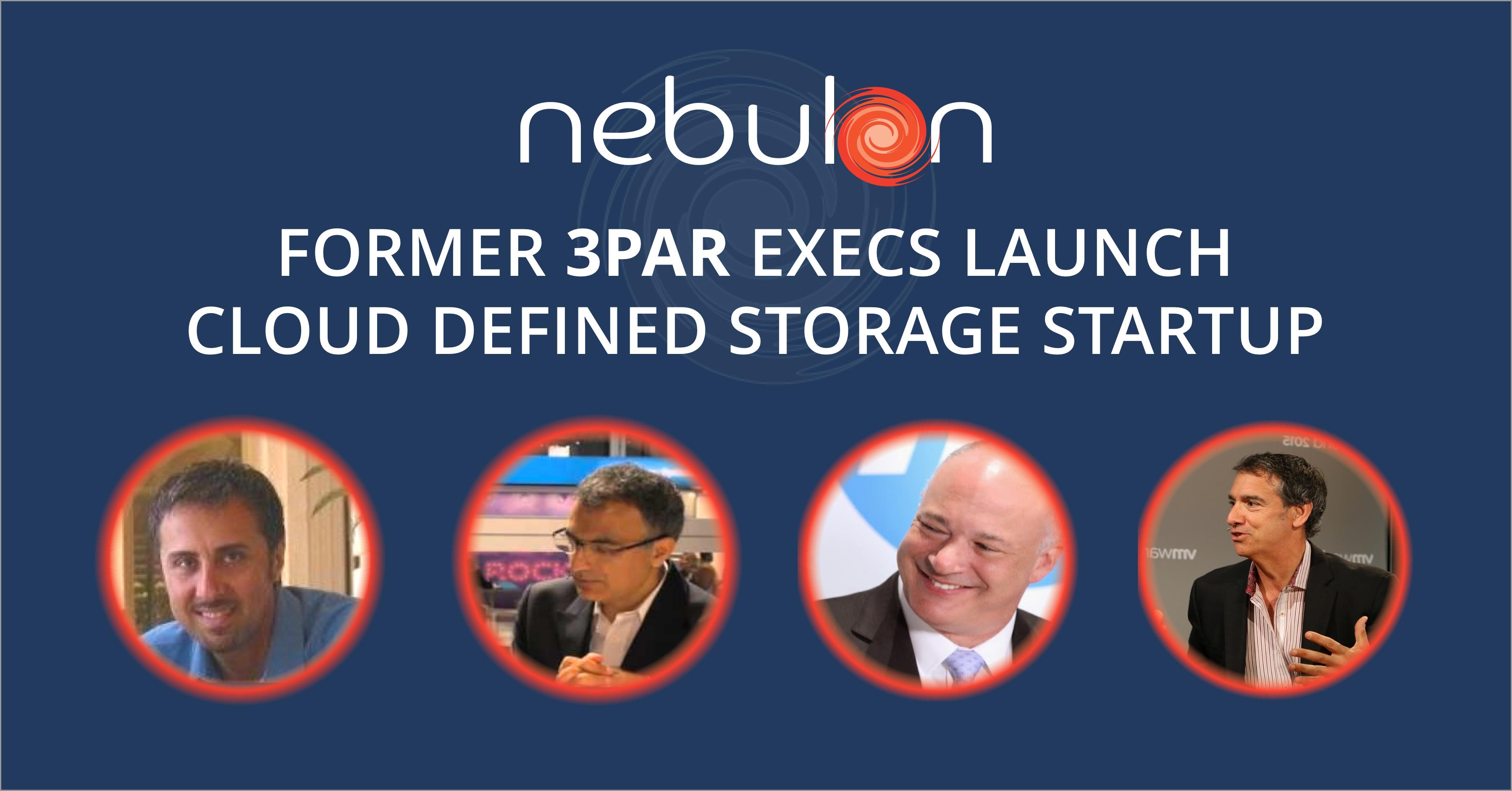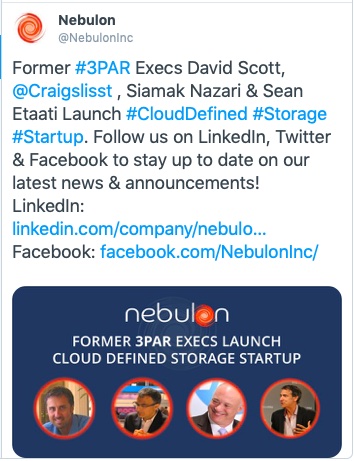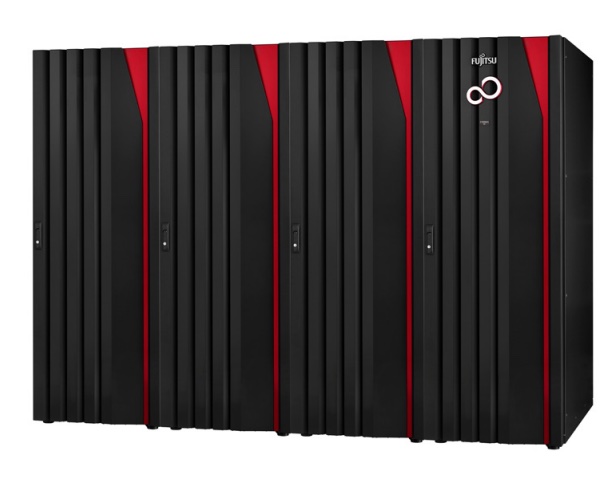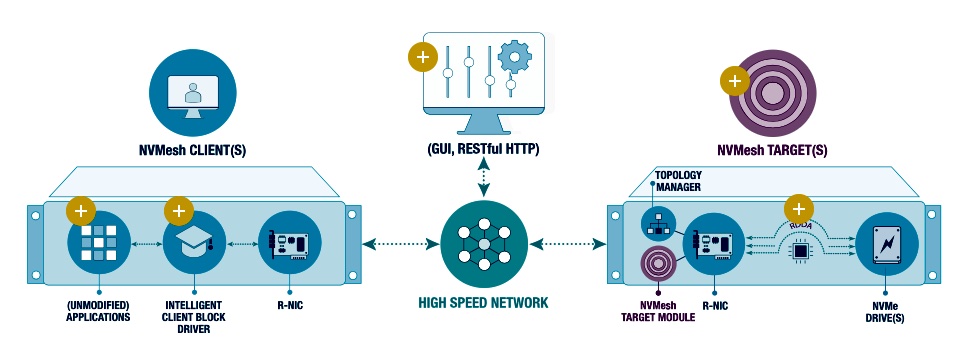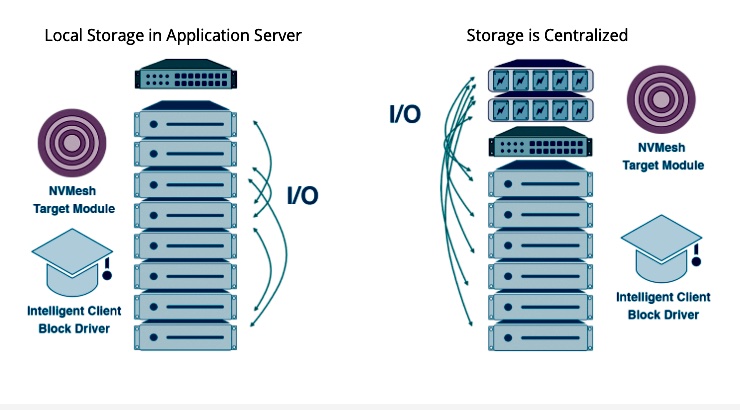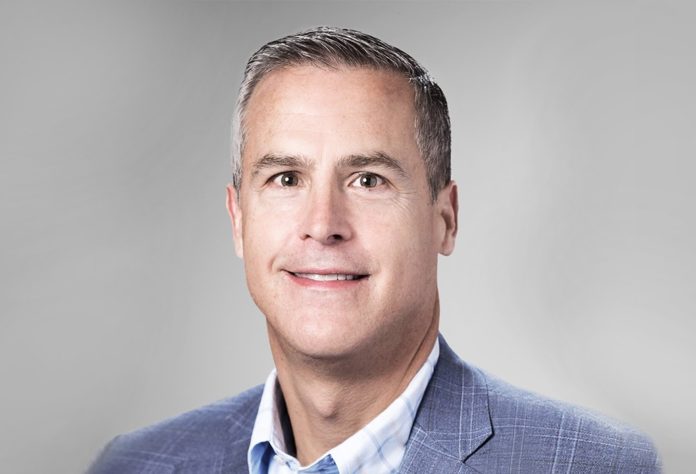Remember the tape and disk array vendor Overland Storage and its Tandberg Data subsidiary? It is about to get a new owner – albeit the same owner wearing a different hat.
This is after it was buried for several years inside Sphere 3D, a software virtualization vendor. Sphere 3D has not been that successful at bringing its products to the market and wants to sell Overland to pay its debts. It ain’t so simple.
The story goes back a long way but let’s begin in May 2014 when perennially loss-making Overland, with its Tandberg Data unit, CEO’d by Eric Kelly, was merged into or acquired by the Eric Kelly-chaired and CEO’d Sphere 3D. In my report at the time I described the companies as a “strange couple“.
Sphere 3D has been unable to grow its Glassware, HVE and other virtualization businesses sufficiently and has made losses ever since.
Overland and under water
In a little more detail, and in an unusual move, Overland CEO Eric Kelly took on the chairman’s role at Sphere 3D while running Overland.
He then took Overland into Sphere 3D and became boss of the whole shop. The idea was to combine two weak companies into a single stronger entity.
The losses continued.
In May 2017 Sphere 3D revealed it was exploring strategic alternatives, a euphemism for selling all or some of the business.
The company announced a complicated plan in February 2018 to sell the Overland-Tandberg business for $45m to a California-based private business set up for the purpose.
This company, called Silicon Valley Technology Partners, is run by Eric Kelly.

We have a cunning plan
SVTP would raise the cash from investors, pay Sphere 3D, which would use it to pay its debts, including a debenture, promissory note and bank credit, and Sphere 3D and Overland would be free to grow and prosper.
In August 2018 and en route to the divestiture of Overland, Sphere 3D revealed that Overland and Tandberg had failed to make scheduled interest payments on time and were in default. This meant a creditor, Colbeck, could call in immediate repayment of its loan. Overland was also in default of a debenture issued by FBC.
In a move, the details of which we don’t understand, Sphere 3D assigned a credit agreement to Overland Storage and Tandberg Data as borrowers. FBC then declared “that all default and acceleration notices have been withdrawn, which eliminates the requirements of said debts being immediately due and payable”.
This week the agreement between Sphere 3D and SVTP was amended for the second time. You can read the details in full in 3D Sphere’s 8-K filing with the SEC.
But the upshot is that there is no investor cash to pay off the $45m debt that Sphere 3D, Overland and Tandberg collectively owe. So, a bit of financial engineering is the order of the day.
Instead, SVTP is shunting $18m of the $24.5m that Sphere 3D owes FBC into its Overland /Tandberg subsidiary. It is also issuing paper to buy Overland/ Tandberg and FBC will exchange $6m in debt in return for equity.
Musical chairs
Before the second amendment, Overland/Tandberg owed $21.1m. It now owes $39m.
To summarise, Sphere 3D is now debt free. It pays off $45m in debt with SVTP paper, exchanging some FBC debt for equity, but mostly by transferring debt obligations to Overland Storage. We infer that creditors think this is the only realistic option for getting their money back.
This may be a tall order considering that Overland -Tandberg defaulted on loan repayments in August 2018 and is now saddled with an additional $18m in debt. Let’s hope its fortunes improve.
Comment
The Sphere 3D-Overland saga has been characterised by hard-to-understand financial dealings. The nuts and bolts of product development and sales have taken a back step. It has also been characterised by Eric Kelly’s tenure since 2009. It is time for a change of leadership.





